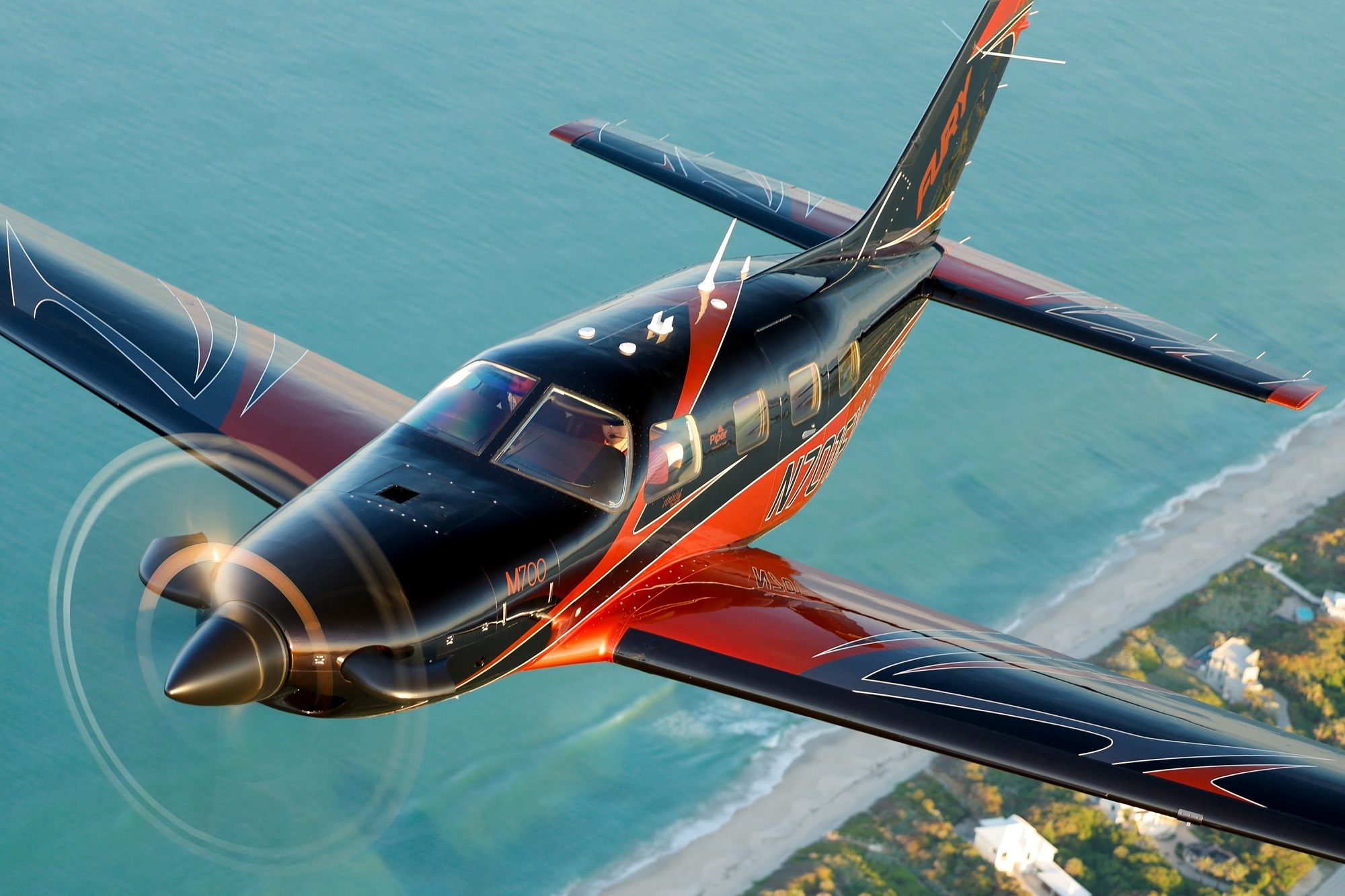Piper Aircraft unleashed its fastest ever single-engine plane ‘M700 FURY’ in its 87-year history to the world earlier this year and it the aircraft already racking up a hugely respectable number of Type Certifications from global aviation regulators.
On September 17, 2024, Piper Aircraft announced that its M700 Fury aircraft had added Australia to its growing list of Type Certifications after the Australian Civil Aviation Safety Authority (CASA) approved the plane.
The good news comes off the back of the Transport Canada Civil Aviation (TCCA) granting Type Certification in August 2024, and the Federal Aviation Administration (FAA) awarding the same in March 2024.
Later this year Piper expects to receive further approval in Europe from the European Union Aviation Safety Agency (EASA), in the UK from the Civil Aviation Authority (CAA) and in Brazil from the National Civil Aviation Agency (ANAC).
“We are excited to announce that the M700 FURY single-engine turboprop has been awarded type certification by the Australian Civil Aviation Safety Authority (CASA),” a spokesperson for Piper Aircraft said.
According to the CASA’s data systems, PA-46-701TP M700 Fury was officially certified on September 2, 2024.
“The basis of certification is as prescribed in Type Certificate Data Sheet No A25SO issued by the Federal Aviation Administration of the USA,” CASA said.
In addition, on August 4, 2024, Piper also announced that the FAA had granted the aircraft approval for unpaved field operations which followed approval in May 2024 in the US for Flight into Known Icing (FIKI).
Type Certification from the TSSA in August 2024 also included Flight into Known Icing approval.
Built with 700 shaft horsepower, the newest member of the M-Class family is powered by a Pratt & Whitney PT6A-52 engine, and capable of reaching a cruise speed of 301 ktas with a max range of 1,149 nm/1,849 km.
Only the Piper Cheyenne 400LS turbine twin is faster than the new M700 FURY.
Piper says the new M700 FURY “outperforms all previous models and several competitive aircraft in performance, operational cost efficiencies, and overall value”.

